Satellite Images Tell Story Of Environment Crisis
Forest & Bird has released a series of before and after satellite images showing some of the thousands of hectares of native habitat cleared across the country in recent years.
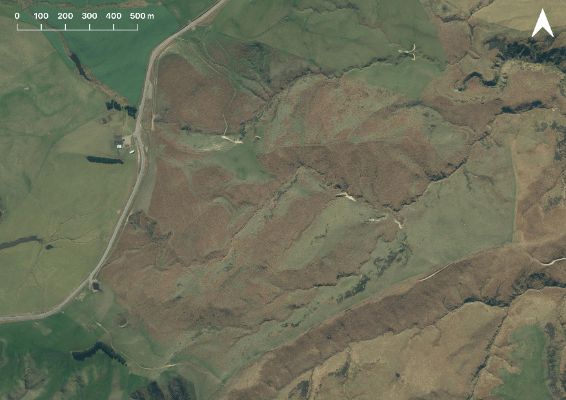
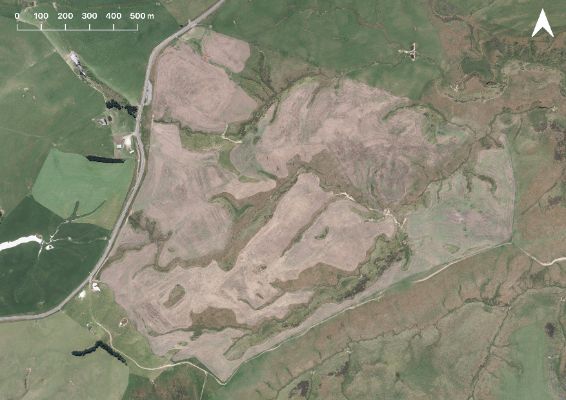
The organisation says just one native habitat type out of 13 has seen an overall increase across the country according to official data, while 12 have seen an overall decrease.
“These satellite images tell the story of New Zealand’s biodiversity crisis. Most of New Zealand is in private ownership, and many native species live on privately owned land. Without clear guidelines for identifying and protecting important native habitat, our environment has been pushed to breaking point,” says Forest & Bird’s Chief Executive Kevin Hague.
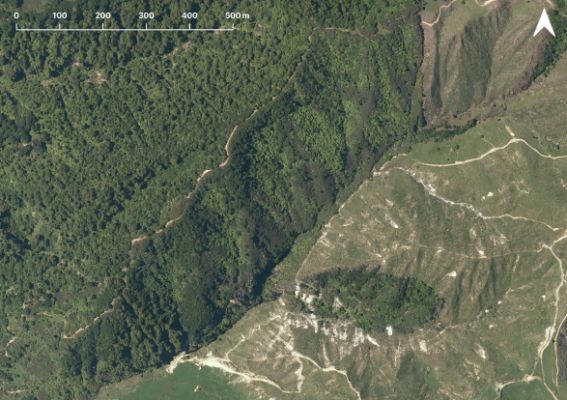
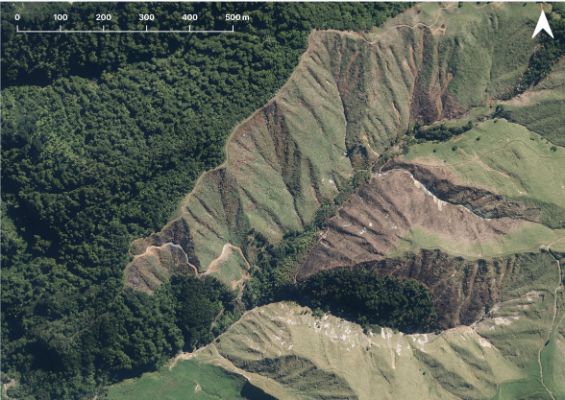
Manaaki Whenua Landcare Research data shows that while there have been gains and losses across different regions, the national trend is of steady biodiversity loss.
“It is time to put nature first, and put in place a national policy to identify and protect the significant natural areas the country has left,” says Mr Hague.
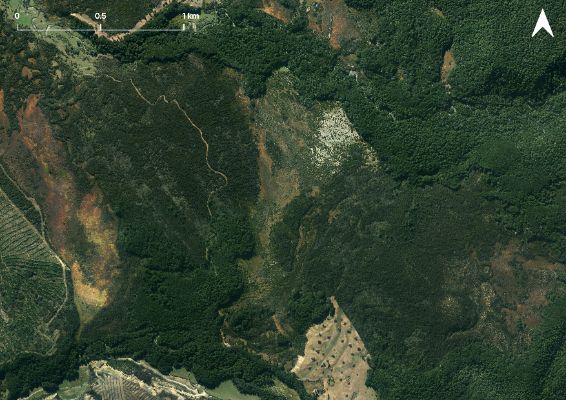

“Our native animals don’t know if their home is in a national park, a farm, or someone’s backyard. We need to lift the bar and get a clear, fair, and transparent National Policy Statement applying across the country that protects important habitat, wherever it is.
“Currently, the level of support given to landowners to identify and protect their important natural areas depends on their regional council’s willingness to do so. While many landowners are doing the right thing and protecting the special places in their trust with little support, there are also those who have destroyed these areas when there is a business case to do so," says Mr Hague.
“Landcare Research has pointed out that in some regions the gold rush on land conversions has been and gone, such as in Canterbury and the Mackenzie Country.
"Four thousand of our native plants and animals are heading for extinction, and often this is because their natural habitat has been literally cut away from under them. We need to focus on saving the special places that remain, and reversing the trend for those teetering on the brink.
“Wetlands are at high risk on private land, and the situation is as urgent for many other types of native habitat,” says Mr Hague.
Examples highlighted by Forest & Bird include:
- Hawke’s Bay, where 39ha of indigenous forest and 171ha of tussock was converted to low producing grass land between 2012 to 2018. This contributed to an overall national loss of 1471ha of tussock, and 2304ha of indigenous forest in the six year period from 2012-2018.
- The West Coast, which cleared more indigenous native forest (1343ha) than any other region, converting 383ha into mines and dumps, and 590ha into grass.
- Canterbury, which cleared 1457ha of matagouri, more than any other region, turning it into pasture.
- Manawatu-Wanganui, which contributed to a North Island trend of clearing manuka and kanuka, converting 3544ha into pasture and exotic forest.
“All native habitat is important, but some is particularly undervalued. Native scrub provides important shelter, nectar, and habitat for insects and birds. The small twiggy nature of manuka and matagouri make rich homes for some of our more secretive wildlife like lizards, skinks, and beetles,” says Mr Hague.
“After years of failure to put in place a Policy Statement to guide how we should provide for native animals and plants, it’s time for land owners, farmers, and councils to put nature first, and make sure that our native species have somewhere to call home. It was theirs long before it was ours. We need nature, and nature needs us to step up and protect the significant natural areas we have left.”
The draft National Policy Statement on Indigenous Biodiversity is open for feedback until 14 March, and includes more consistent requirements for councils to identify and protect significant natural areas on both private and public land, as well as other measures to halt and reverse the tide of biodiversity loss.
The draft National Policy Statement was developed collaboratively between conservation and farming groups.
Dropbox link to satellite images and summary data
References
Land
use changes and locations were identified using Manaaki
Wheunua Landcare Research’s Land Cover Database, Version
5.0, released in January 2020 and reproduced under creative
commons license 4.0 - https://lris.scinfo.org.nz/layer/104400-lcdb-v50-land-cover-database-version-50-mainland-new-zealand/
Aerial imagery was sourced from the Land Information New Zealand (LINZ) Data Service under creative commons license 4.0 https://data.linz.govt.nz/


 Gordon Campbell: On Justin Trudeau’s Demise, In A Global Context
Gordon Campbell: On Justin Trudeau’s Demise, In A Global Context NZ Police: Funeral For Senior Sergeant Lyn Fleming Confirmed
NZ Police: Funeral For Senior Sergeant Lyn Fleming Confirmed NZ Police: Making Waves On The World Stage
NZ Police: Making Waves On The World Stage ACT New Zealand: Too Many Kiwis Denied The Chance To Gather With Loved Ones At The End Of Life
ACT New Zealand: Too Many Kiwis Denied The Chance To Gather With Loved Ones At The End Of Life Lady Tureiti Moxon: Honouring Kahurangi Tariana Turia - A Legacy of Courage, Leadership, and Tino Rangatiratanga
Lady Tureiti Moxon: Honouring Kahurangi Tariana Turia - A Legacy of Courage, Leadership, and Tino Rangatiratanga Biosecurity NZ: Biosecurity NZ Investigating And Boosting Trapping After Auckland Fruit Fly Find
Biosecurity NZ: Biosecurity NZ Investigating And Boosting Trapping After Auckland Fruit Fly Find NZ Customs Service: New Year Begins With Customs Arrests For Three Alleged Drug Couriers
NZ Customs Service: New Year Begins With Customs Arrests For Three Alleged Drug Couriers


